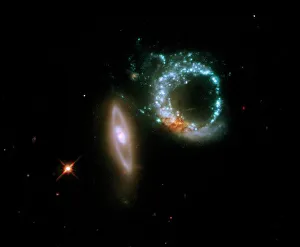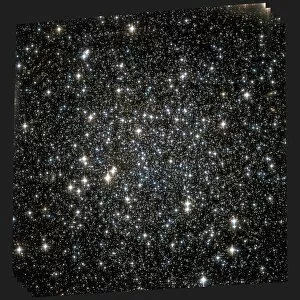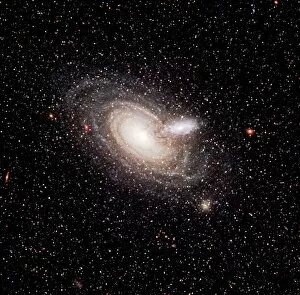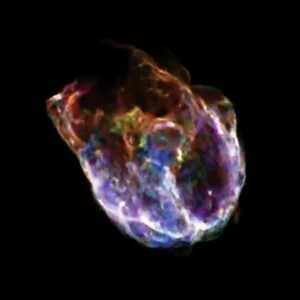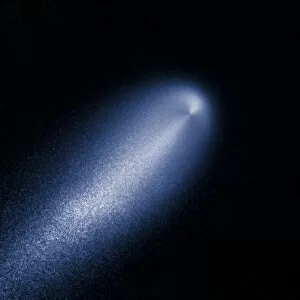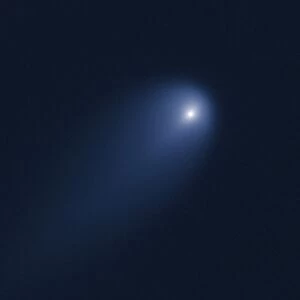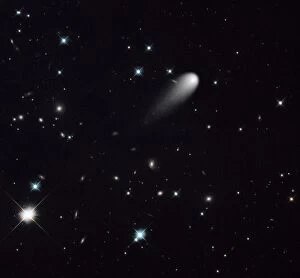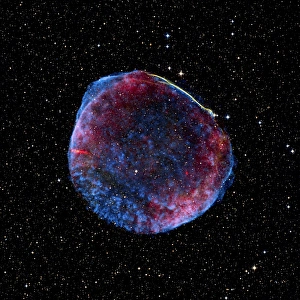Space Telescope Image Collection
"Captivating the Cosmos: A Glimpse into the Vastness of Space" In this mesmerizing collection of space telescope images
All Professionally Made to Order for Quick Shipping
"Captivating the Cosmos: A Glimpse into the Vastness of Space" In this mesmerizing collection of space telescope images, we embark on a cosmic journey that unveils the wonders and mysteries of our universe. The first image showcases the breathtaking beauty of interacting galaxies Arp 147, as captured by the Hubble Space Telescope (HST). Their graceful dance through space leaves us in awe of their celestial ballet. Next, we are transported to NGC 6101, where a globular star cluster dazzles with its radiant brilliance. The intricate web of stars within this stellar congregation is truly a sight to behold. Moving forward, we encounter overlapping galaxies captured once again by HST. Their ethereal embrace creates an otherworldly spectacle that ignites our imagination and fuels our curiosity about these distant realms. Shifting gears to X-ray imagery, we witness the explosive remnants of supernova N132D. This cataclysmic event serves as a reminder of nature's immense power and its ability to shape and transform even the most colossal structures in space. Our exploration continues with an extraordinary collision between galaxy clusters depicted in another X-ray image. The resulting chaos gives birth to new formations while leaving behind trails of intermingling gas and dust—a testament to the dynamic nature of our universe. Comet ISON graces us with its presence next—its luminous tail stretching across multiple frames from April 2013 until October 2013. These captivating images capture its journey through space like a celestial traveler leaving traces for future generations to marvel at. Ultraviolet imaging takes us closer than ever before to Andromeda galaxy—the closest spiral galaxy neighbor to our Milky Way. Its vibrant hues reveal hidden secrets within its vast expanse—an invitation for further exploration beyond what meets the eye. Lastly, colliding galaxies Arp 148 captivate us once more with their entangled forms—a cosmic tango frozen in time.

